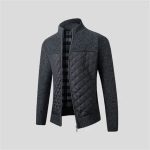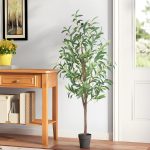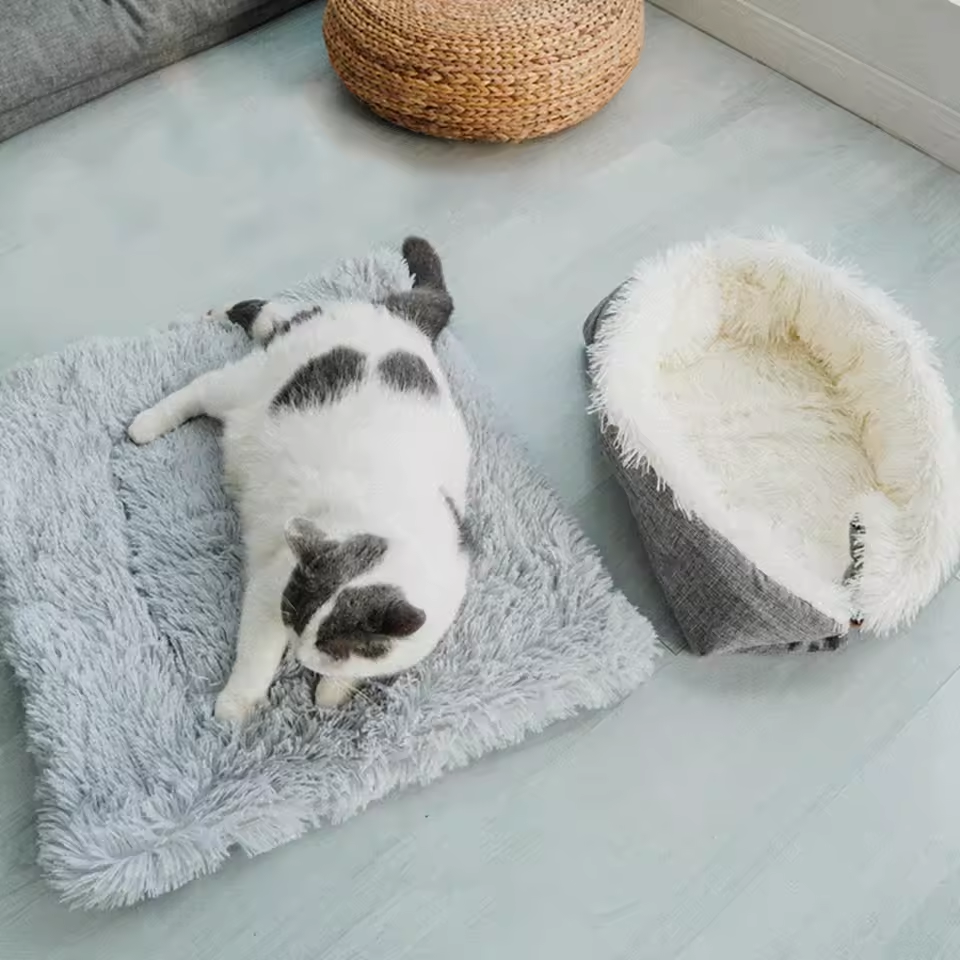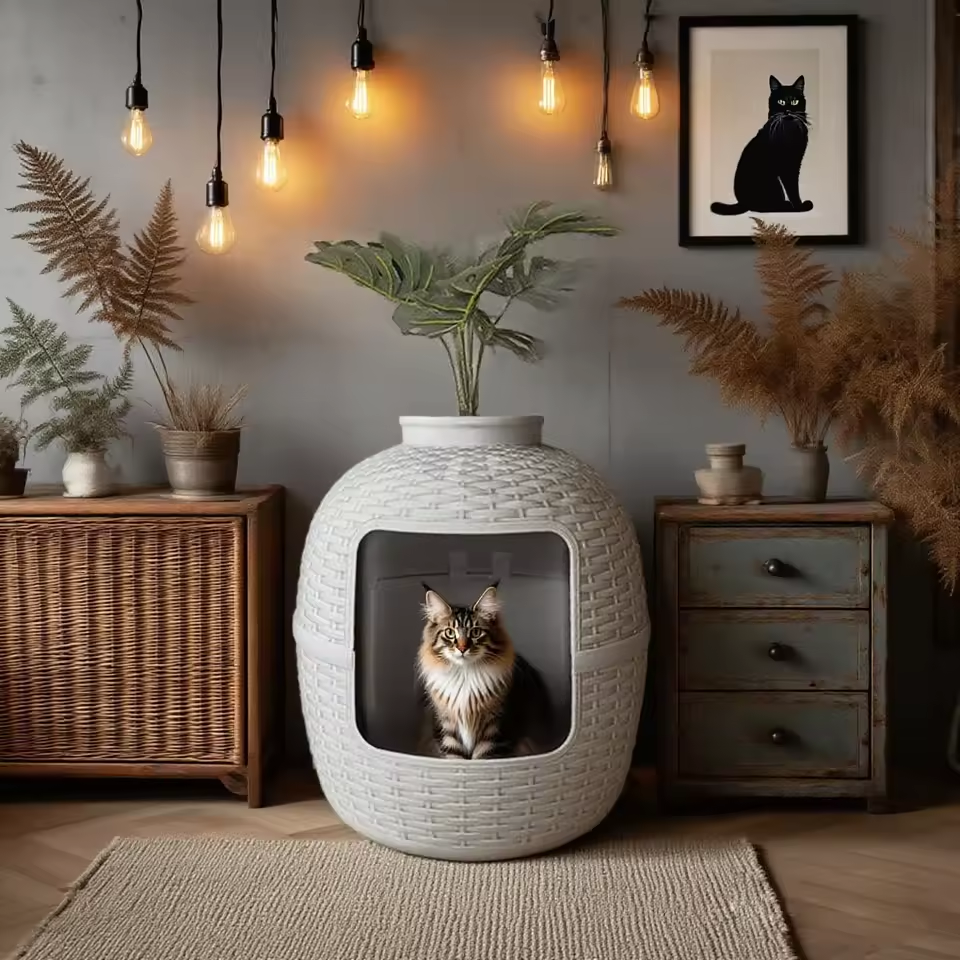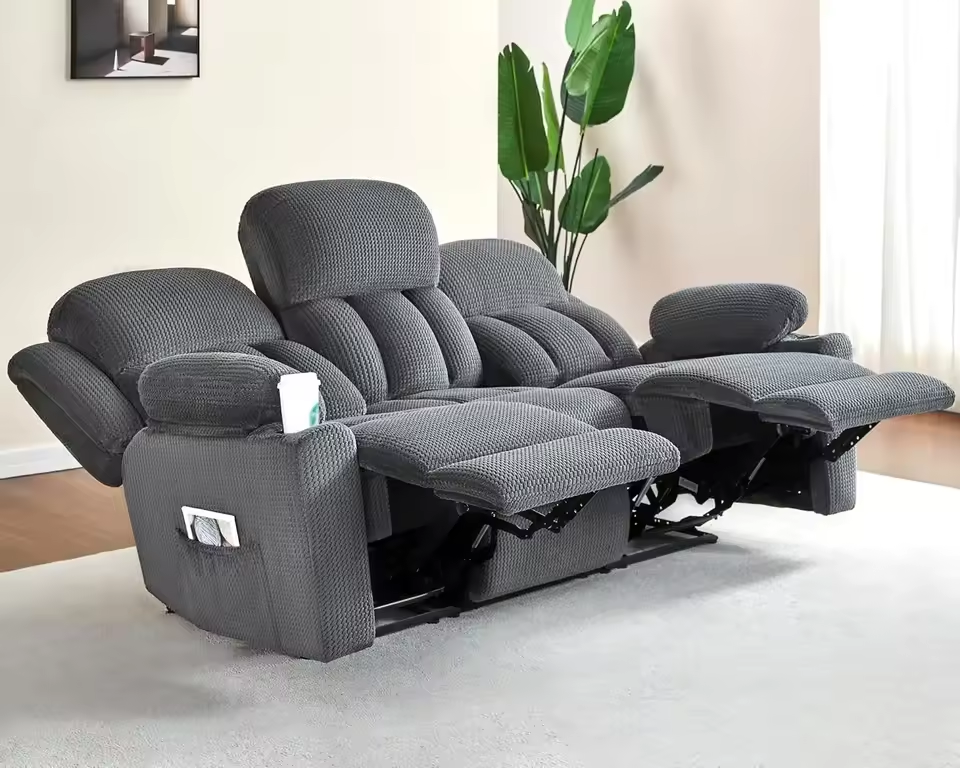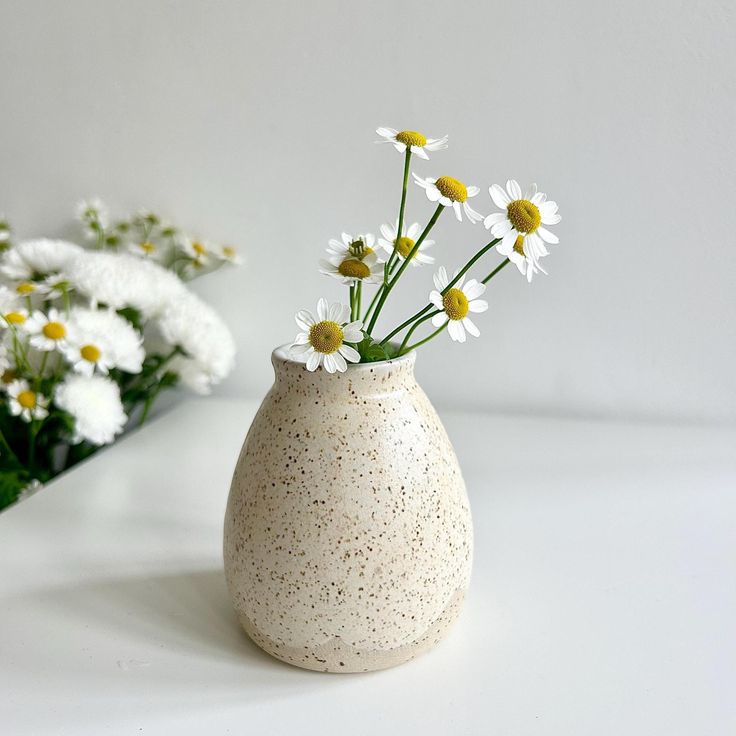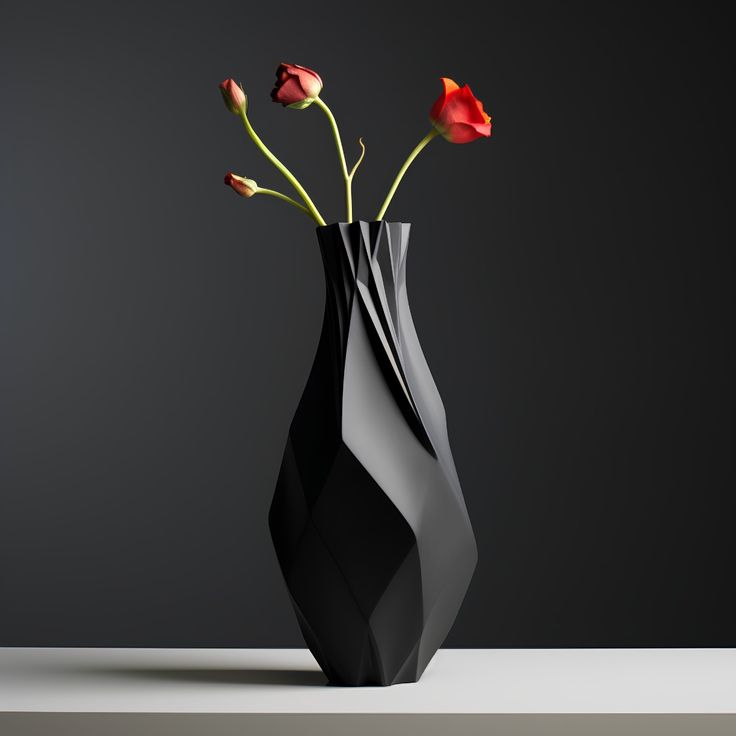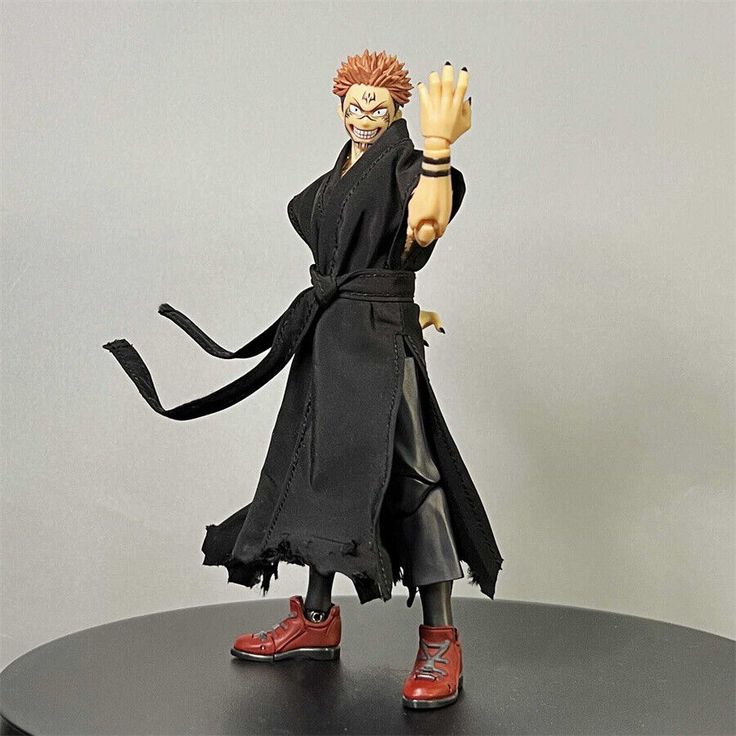Choosing between a wicker vase and a ceramic vase requires more than a surface-level comparison. The two materials differ significantly in texture, production, durability, environmental impact, and aesthetic appeal. Wicker vases are crafted from plant-based materials such as rattan, reed, willow, or bamboo. These vases offer a handwoven texture and a lightweight, breathable structure. In contrast, ceramic vases come from a process involving clay, water, and heat. After being molded, ceramic vases are fired in a kiln to create a hard, often glazed object with a smooth, cool surface.
Wicker vases inherently carry a rustic, natural vibe. Their open weave allows for more airflow and a relaxed appearance, ideal for bohemian, coastal, or Scandinavian interiors. Ceramic vases, however, range widely in finish—from matte to high gloss—and fit a broader spectrum of styles, including modern, minimalist, traditional, and luxury settings. Understanding this base distinction helps homeowners and interior designers align material choice with the intended ambiance of a space. Each material offers a different tactile experience and visual texture, which can influence mood, theme consistency, and even color palette choices throughout a room. If your decor style leans earthy and organic, wicker might be more appropriate. If you prefer something more polished and refined, ceramic could be the better option.
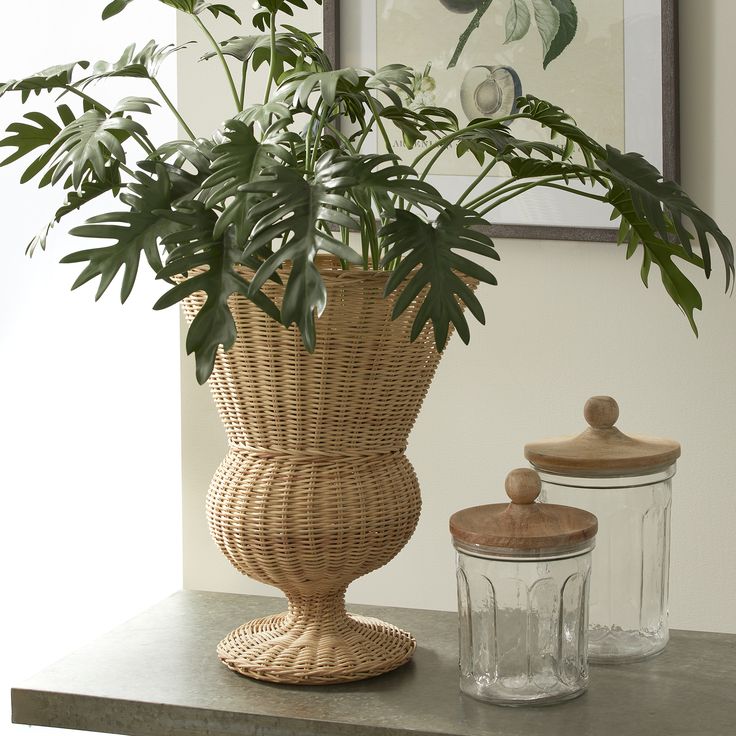
Aesthetic Flexibility: How Wicker and Ceramic Vases Shape Design Language
Interior design thrives on cohesion, and the vase you choose becomes a visual anchor within a room. A wicker vase introduces an artisanal, textural quality that blends well with natural fibers like linen, jute, and cotton. It’s perfect for spaces that celebrate organic materials and muted tones. Whether you’re decorating a sunroom, a beachside cottage, or a nature-inspired living room, wicker offers a grounded, serene appeal. Pairing wicker vases with pampas grass, eucalyptus stems, or dried wildflowers reinforces a tactile and nature-based look.
Ceramic vases offer significantly more visual diversity. Available in nearly any shape, color, or glaze, ceramic pieces work like sculptural statements. Minimalist homes might favor sleek white ceramic vases with clean lines, while maximalist interiors could lean toward bold, colorful ceramic vases with abstract patterns. Because of their ability to be both neutral and expressive, ceramic vases suit transitional spaces that blend old and new. This kind of aesthetic flexibility allows ceramic vases to work as stand-alone pieces or part of a more intricate composition. In essence, if your design taste tends toward eclectic, artistic, or formal styles, ceramic will offer you more visual language to work with.
Durability and Longevity: Comparing Structural Integrity in Home Use
Functionality matters just as much as form, especially when selecting decor for frequently used spaces. Wicker vases, while beautiful, are generally more fragile in terms of structural integrity. Their woven design means they can warp, bend, or fray over time, particularly if exposed to moisture or intense sunlight. Water damage is a major concern—unless a wicker vase includes a plastic or glass insert, it cannot hold fresh flowers with water. You’ll mostly use wicker vases for dry arrangements, which limits versatility. However, if cared for properly and kept in dry indoor environments, a well-made wicker vase can last many years without losing its aesthetic appeal.
Ceramic vases, on the other hand, offer far greater durability in terms of both form and function. They can hold water safely, withstand significant weight, and endure daily wear. A ceramic vase resists fading and maintains its shape indefinitely—unless dropped. The main vulnerability of ceramic lies in its brittleness. While strong, ceramic is not shatterproof, and a fall from a high shelf can spell disaster. Still, in a controlled indoor environment, ceramic vases outperform wicker in terms of lifespan, usage flexibility, and reliability. If you’re looking for a long-term decorative investment, ceramic often provides better value over time.
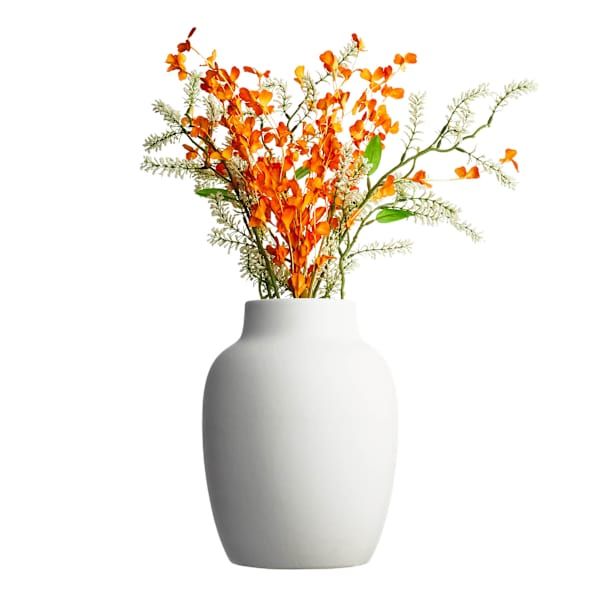
Environmental Impact: Sustainability of Wicker vs. Ceramic Vases
Eco-conscious consumers increasingly consider the environmental footprint of every product they purchase. Wicker vases often win favor in this department due to their biodegradable materials and lower energy consumption during production. Rattan, bamboo, and other natural fibers used in wicker vases are renewable resources, often harvested sustainably. The production of a wicker vase typically requires minimal machinery and emits little to no carbon if done by hand. At the end of its life cycle, a wicker vase decomposes naturally, contributing minimal waste to the environment.
Ceramic vases, while long-lasting, come with a heavier environmental cost. The clay mining process can be invasive to natural ecosystems, and the firing process in kilns consumes significant energy, particularly when repeated for glazing and sealing. Additionally, ceramic is not biodegradable. Though it does not emit harmful chemicals while in use, ceramic waste takes hundreds of years to break down in landfills. However, the durability and timelessness of ceramic mean it rarely gets discarded quickly. Consumers who invest in high-quality ceramic vases often pass them down, turning them into heirlooms or vintage collectibles. For shoppers weighing immediate eco-friendliness, wicker is the more sustainable choice. For those prioritizing long-term value and reuse, ceramic still holds merit.
Maintenance and Cleaning: Daily Upkeep for Both Vase Types
Ease of cleaning can influence how often—and how confidently—you use decorative pieces in your home. Wicker vases require delicate maintenance. Dust and dirt can get trapped in the weave, making routine cleaning more meticulous. A simple dusting cloth often isn’t enough. You may need a vacuum with a brush attachment or a soft toothbrush to reach crevices. Moisture can be especially harmful, so you must avoid wet cleaning or exposing wicker to damp conditions. Mold and mildew pose a serious threat to longevity.
Cleaning ceramic vases is significantly easier. Their glazed surface repels dust and stains, making them easy to wipe with a damp cloth. You can use water, mild soap, and even household disinfectants on ceramic without worry. This feature makes ceramic ideal for homes with children or pets, where decor can quickly accumulate smudges or sticky spots. In terms of upkeep, ceramic wins for convenience and reliability. That being said, people who appreciate natural materials might find the extra care involved in maintaining a wicker vase worthwhile, especially if it aligns with their values and aesthetic goals.
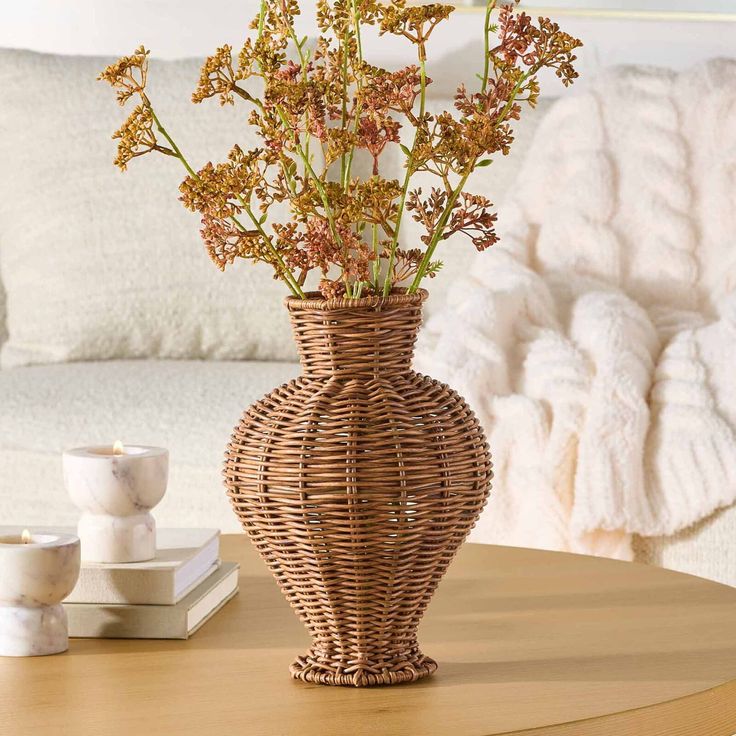
Versatility in Usage: Where and How You Can Use Each Vase
Context matters when selecting decor. Wicker vases are perfect for relaxed settings: porches, reading nooks, coastal interiors, and farmhouse-style kitchens. Their tactile quality creates a sense of calm and groundedness, especially when paired with earth tones and dried botanicals. However, because wicker isn’t watertight, its functionality is limited to dry arrangements or simply acting as a standalone sculptural piece. For event styling, such as weddings or photo shoots, wicker adds a handmade, rustic charm that photographs beautifully.
Ceramic vases serve a broader range of uses. Whether holding fresh flowers, branches, feathers, or nothing at all, they fulfill both aesthetic and practical roles. They transition easily between formal and informal spaces, making them ideal for entryways, dining tables, bathrooms, and corporate settings. Their heavier weight also gives them more stability, so they’re less likely to tip over. Seasonal rotations work better with ceramic too—switch from soft pastel florals in spring to pine branches in winter, all in the same vase. This adaptability across seasons and settings makes ceramic an essential for decorators who like to evolve their spaces regularly without changing core pieces.
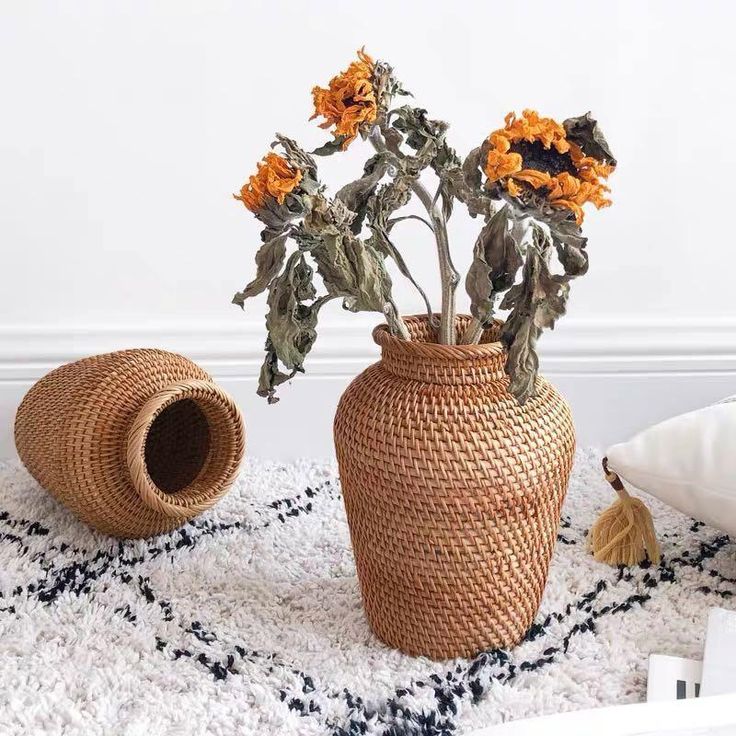
Cost and Accessibility: Evaluating Price Points and Availability
Price can often determine what people bring into their homes, and both wicker and ceramic vases span a wide range of costs depending on craftsmanship and brand. Wicker vases tend to be more affordable, especially those made from common materials and mass-produced. Handwoven or artisan wicker pieces, however, can reach premium price points, particularly if made from rare fibers or created by skilled makers. Accessibility is another strength of wicker—found easily in home stores, markets, and online, it remains a staple in affordable, eco-conscious design collections.
Ceramic vases show even broader price variance. You can find inexpensive ceramic vases at discount retailers, but you can also encounter luxury, hand-glazed versions that rival fine art in price. Factors like kiln-firing techniques, glazing methods, and artist reputation all contribute to ceramic’s high-end market appeal. For budget-conscious buyers seeking something stylish yet low-cost, wicker might be the easier entry point. But for collectors or those building a curated, sophisticated space, ceramic offers greater opportunity for long-term investment in high-quality design. In both cases, a wide range of options ensures that neither material is out of reach for most consumers.
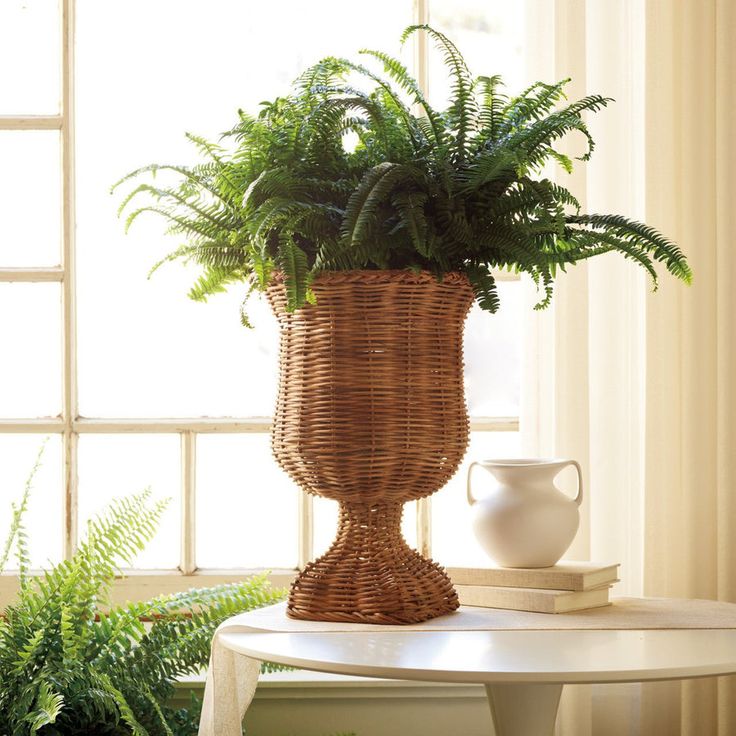
Final Verdict: Which Vase Best Matches Your Lifestyle and Space?
Ultimately, the choice between a wicker vase and a ceramic vase depends on your personal priorities: aesthetic alignment, functional needs, maintenance habits, and environmental considerations. Wicker vases resonate with homeowners who value organic texture, artisan craft, and sustainability. Their limitations in terms of water resistance and fragility are outweighed by their unique charm and earth-friendly credentials.
Ceramic vases, on the other hand, serve as more versatile, durable, and design-diverse options. They require less maintenance, perform more functional roles, and adapt to both casual and formal settings. Whether you aim to create a minimalist sanctuary, a lively eclectic space, or a classic traditional home, ceramic offers you a wider palette of expression.
Both materials tell a story—and when chosen with intention, they can both become defining accents in any room. Think about how you live, how you want your space to feel, and what role the vase will play. That clarity will lead you to the material that doesn’t just suit your style—but enhances it.
